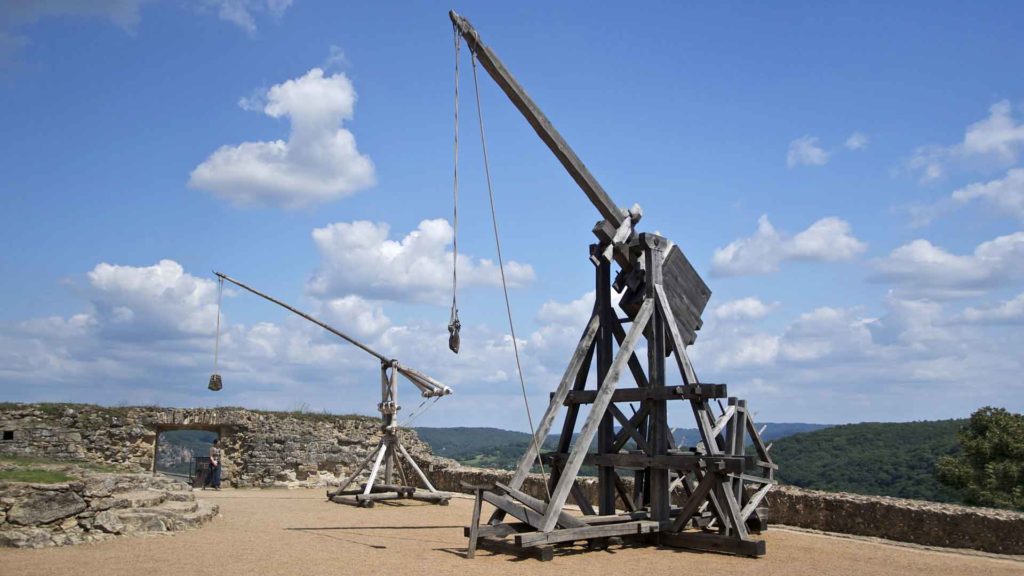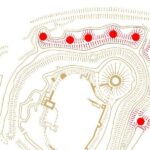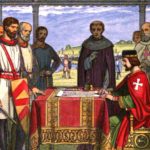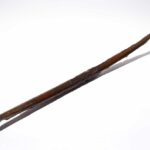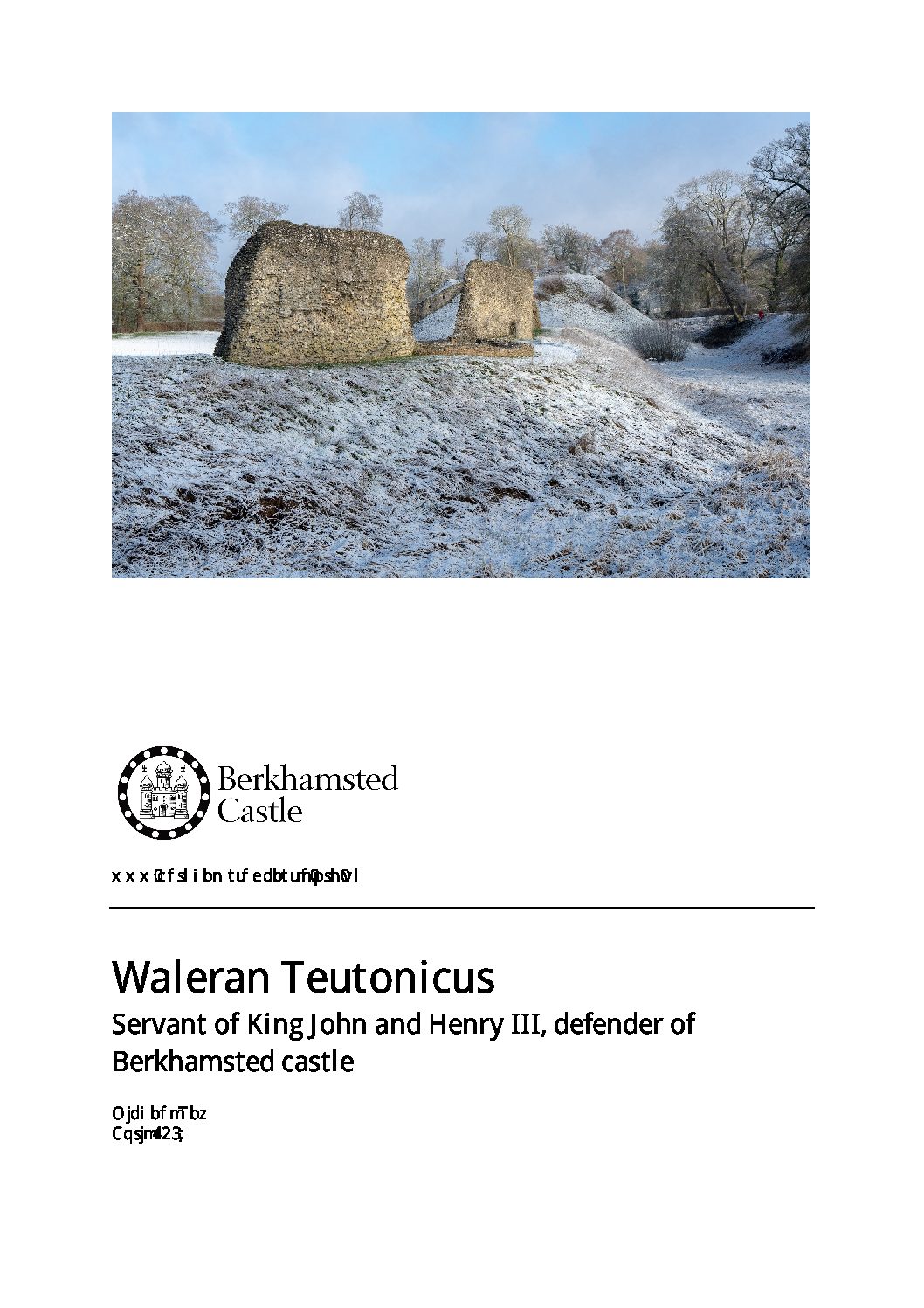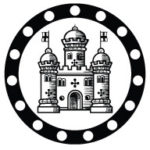In 1216, England’s major landowners were in revolt against King John (1166–1216) in a civil conflict known today as the First Barons’ War. John had reached a settlement on rights and taxes with the dissenting barons and this was recorded on 15 June 1215 in the famous document known as Magna Carta. The king later reneged on his agreements, which led the barons into open warfare.
The barons invited Prince Louis of France (1187–1226), heir apparent of King Philip II of France and grandson-in-law of King Henry II of England, to become king of England. The French prince landed in Kent in May 1216, and marched on London. In October 1216, King John died, leaving his nine-year-old son Henry III as King of England.
French and English forces fought for over a year. On 6 December 1216 Louis took Hertford Castle, and then moved on to Berkhamsted. In late December 1216, the French laid siege to Berkhamsted Castle, led by Louis. It is likely that the constable at the castle was aware of the approach of a hostile force of French mercenaries. He will have hastily arranged for plentiful food supplies to be brought in: bread, cheese, eggs and meat. Hopefully, he would have sent women and children out of harm’s way, if only to preserve the food and drink supplies for fighting men. Wells in the bailey and on the motte provided plentiful water and they would have hunkered down, ready for the attack.
Waleran, a German mercenary soldier, had supervised the strengthening of the defences at Berkhamsted Castle, but put to the test, they failed. It is said that Prince Louis introduced a new and even more terrifying siege engine to England and used it at Berkhamsted: the trebuchet, or mangonel.
The trebuchet worked like a catapult, with a large stone being placed in a sling at the end of the long beam. In the early days, people exerted downward pull on the short end of the beam to flip up the longer end. As designs became more sophisticated, a counterweight was used to provide the downward pull. It was by trial and error that the trajectory and distance were worked out. The effect of a missile fired from a trebuchet would have been devastating on the walls and towers of Berkhamsted Castle and terrifying for those cowering within. It was also a common tactic in those days to catapult dead animals into a besiged castle in the hope of spreading disease.
The young King Henry III ordered his constable at the castle to surrender after two weeks on humanitarian grounds.
After Berkhamsted, the conflict continued well into 1217, with battles at Lincoln Castle, Dover Castle and Sandwich. King Alexander II of Scotland and King Llywelyn the Great of Gwynedd supported the French with additional troops. Louis suffered numerous defeats and was eventually forced to negotiate. On 11 September 1217, Louis signed the Treaty of Lambeth, relinquishing his claim to the English throne and surrendering French-held castles.
Legacy
What evidence remains of the 1216 siege at Berkhamsted today?
Contrary to popular belief, the present ruined state of the Castle was not caused by the events of 1216. The Castle was repaired and enlarged by Richard of Cornwall in the 1250s and 1260s, and King Edward III renovated the Castle extensively in 1336. The damage to the walls that we see today happened centuries later, largely the result of the acquisitive actions of Sir Edward Carey, who plundered the stonework for building materials in 1580.
On the North and East sides of the castle ruins there are eight large earth mounds. It has been claimed by historians that these are the remains of earthwork platforms for Prince Louis’s giant catapults, built during the 1216 siege. However, this seems unlikely considering the short time that the attackers were in the area. It is more likely that it was King John who had these earthworks constructed, when he ordered the castle defences to be strengthened in 1215-16, in view of the impending threat from the English barons. John also had a second ditch dug and had trees cut down to make palisade fencing round these bastions. It is also possible that these defensive works were built even later by Richard, Earl of Cornwall,
In fact, there is little conclusive physical evidence of the famous siege of 1216. We can only rely on the accounts of chroniclers and the scholarship of historians to help us to imagine that turbulent December fortnight when England’s feudal crisis was visited on Berkhamsted.
